Go Visit a Bathhouse
Valeri Gende-Rote, Elena Skibitskaia, Sergey Vasiliev, Vladislav Borozdin, Boris Mikhalevkin, Yuri Polygalov
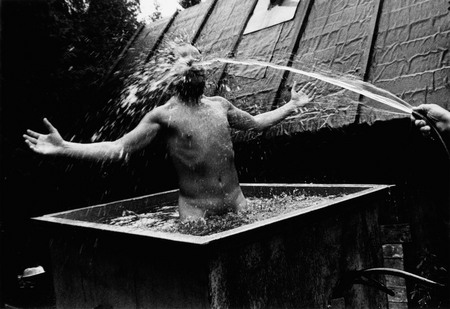

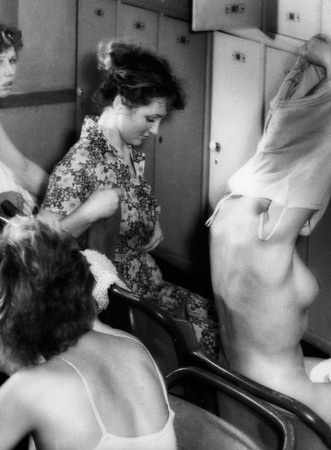
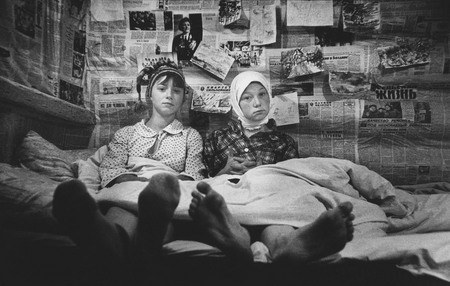
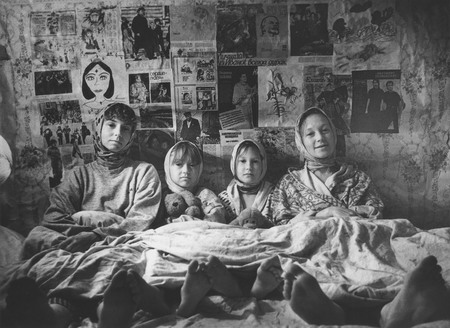
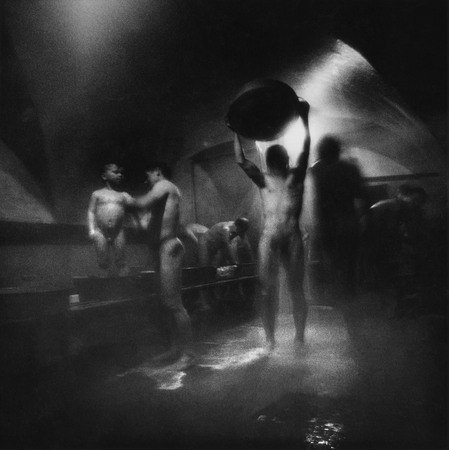


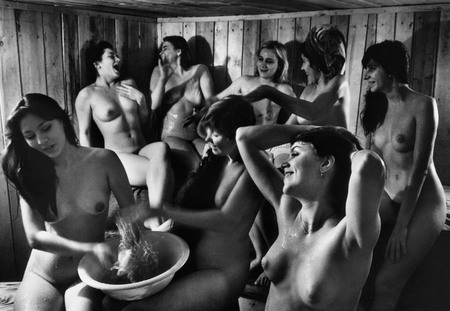
Vladislav Borozdin. Bathing after hot baths. Perm. 1980s. “Fotosoyuz“ agency. © Vladislav Borozdin
Valeri Gende-Rote. At sauna of “Moskva” swimming pool. Moscow. 1957. © Valeri Gende-Rote
Valeri Gende-Rote. At sauna of “Moskva” swimming pool. Moscow. 1957. © Valery Gende-Rote
Boris Mikhalevkin. After baths. Leningrad region. 1981. “Fotosoyuz“ agency. © Boris Mikhalevkin
Boris Mikhalevkin. After baths, fifteen years later. Leningrad region. 1996. “Fotosoyuz“ agency. © Boris Mikhalevkin
Yuri Polygalov. Friday – day for men. Triptych. Solovki. 1980s. “Fotosoyuz“ agency. © Yuri Polygalov
Elena Skibitskaia. At baths. Old Petergof. 1988. “Fotosoyuz“ agency. © Yelena Skibitskaya
Sergey Vasiliev. From “At country bathhouse” series. Cheliabinsk. 1960s. Private collection. © Sergei Vasiliev
Sergey Vasiliev. From “At country bathhouse” series. Cheliabinsk. 1960s. Private collection. © Sergei Vasiliev
Moscow, 27.03.2008—20.04.2008
exhibition is over
Na Solyanke Gallery
109028, Moscow, 1/2, b. 2 Solyanka st. +7 (495) 621-55-72, е-mail: solgallery@yandex.ru
Share with friends
Curator: Sergei Burasovski
From the collection of the Museum “Moscow House of Photography”, Russian National Library, St. Petersburg, Central State Archive of CinemaPhoto Documents, St. Petersburg, Russian State Archives of CinemaPhoto Documents, collections of the authors and private collections.
This project is presented by the Museum “Moscow House of Photography”
For the press
There are things which unite people independent of their social status or well-being, and these are not great works of art or human achievements in the world of knowledge. This is everyday life, which, essentially is life itself.
The beginning of the third millenium in Russian culture, after abandoning large-scale, monumental generalizations, is marked by a close interest in all spheres of individual existence, in scrutinizing the seemingly insignificant sides of everyday life. As to art, apart from looking for new ways of expression, it, at the same time, became more observant, inclined towards summing up things. The day-to-day existence of human beings with its artifacts found its reflection in the majority of works of art, and photography is no exception.
The Moscow House of Photography, since the time it was founded, attempted to show, apart from works by contemporary authors, large retrospective projects, dedicated to various spheres of human existence. The first of them was the exhibition «The Russian Meal», then «Beach Romance» and now the third one — «Go to a Bathhouse».
No one knows for sure when and where did the bathhouse tradition begin. One thing is clear — the bathhouse can be regarded as one of the symbols of the development of human civilization. For Russians, who are used to living in a cold climate, it was not just important for reasons of hygiene, but also had a certain ritual significance — many legends, superstitions and customs are connected with the bathhouse. Real traditions and myths were intertwined. A Saturday visit to a bathhouse meant not just cleaning one’s body, but had sacred overtones about it.
With the development of urban culture and the mass «flight» to the cities, with the appearance of baths and showers, the role of the bathhouse had receded for some time and it began to be associated with banal hygiene procedures, loosing all its ritual meaning. But now we can notice some interesting change — the bathhouse turned into a form of a club, where people come primarily to socialize.
We are justified in saying that there was never a professional Russian photographer, who, during his career would not have touched upon this fruitful theme. At the present exhibition classical masters of international importance such as Alexander Rodchenko, Arkadi Shaikhet, Boris Ignatovich and Karl Bulla are shown together with contemporary authors, like Viktor Akhlomov, Sergei Voronov, Sergei Vasiliev, Anatoli Yerin, Vladimir Filonov and many others. More than three hundred very diverse, but equally interesting shots have contributed to representing the very attractive and dear world of the Russian bania.
Curator of the exhibition Sergei Burasovski


